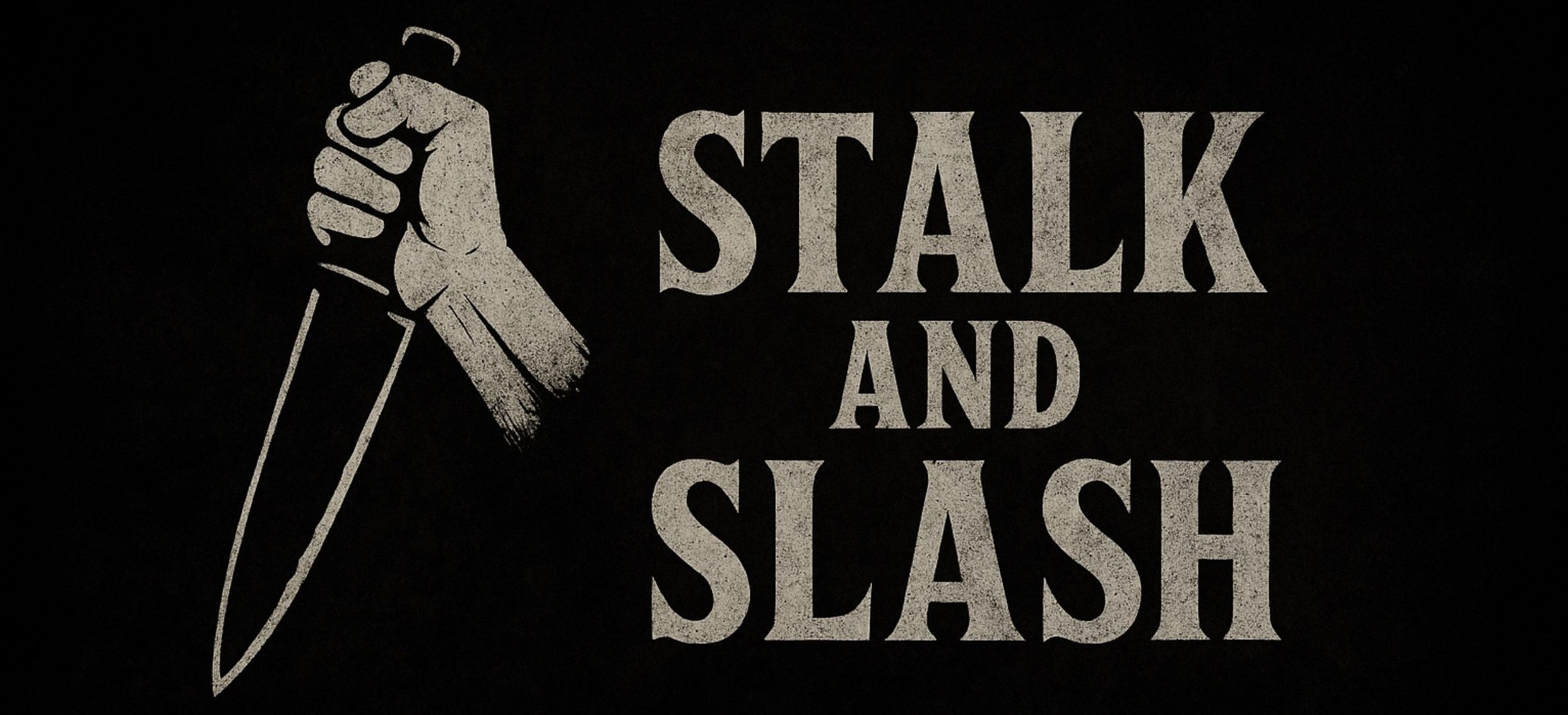
Also Known As: Graboids, Dirt Dragons, Sand Worms, Ass-Blasters (later evolution)
First Appearance: Tremors (1990)
Most Iconic Form: Giant subterranean worms with triple-jawed mouths and snake-like tentacles used to snatch prey
Kill Count: Dozens across the series, from livestock to humans
Portrayed by: Puppetry, animatronics, and later CGI
Tier: First Class Tier
Tremors (1990)

The first Tremors introduced audiences to the isolated desert town of Perfection, Nevada, where handymen Valentine McKee (Kevin Bacon) and Earl Bassett (Fred Ward) stumble upon a terrifying discovery. Something beneath the sand is killing livestock, travellers, and eventually residents, pulling them under with tremendous force. These creatures are revealed to be enormous subterranean worms dubbed “Graboids” by the survivors.
Measuring up to 30 feet in length, Graboids hunt by sensing vibrations in the ground, their three-pronged beaks snapping open to unleash long, snake-like tongues tipped with secondary jaws. They pull prey underground in an instant, leaving nothing behind but blood and dust. The townspeople band together, using their wits, makeshift traps, and an arsenal of weapons to fend them off. The climax sees Valentine and Earl outsmarting the last Graboid, tricking it into charging off a cliff.
The film blended horror, comedy, and Western elements, establishing Graboids not only as a terrifying monster but as an enduring cult favourite.
Tremors 2: Aftershocks (1996)

The sequel reveals that Graboids are only one stage of a larger life cycle. After exterminating a group of adult worms in Mexico, Earl discovers their eggs hatch into “Shriekers” — smaller, bipedal creatures that hunt above ground using infrared vision. Their ability to multiply rapidly by consuming food raises the stakes, forcing Earl and returning survivalist Burt Gummer (Michael Gross) into a desperate battle.
Tremors 3: Back to Perfection (2001)

The third entry expands the life cycle once again. Shriekers evolve into winged “Ass-Blasters,” capable of gliding short distances while propelling themselves with combustible methane. The creatures are even more unpredictable, threatening to overwhelm Perfection once more. This film also canonises Burt Gummer as the series’ true hero, cementing him as the face of the franchise.
Tremors 4: The Legend Begins (2004)

A prequel set in the late 1800s, this instalment shows the first recorded Graboid attacks during the settlement of Rejection, Nevada (later Perfection). It reveals that the Graboids have existed for centuries, preying on humanity long before modern civilisation. Michael Gross appears again as Hiram Gummer, Burt’s ancestor, tying the mythos of the creatures to the Gummer family legacy.
Tremors 5: Bloodlines (2015), Tremors: A Cold Day in Hell (2018), Tremors: Shrieker Island (2020)

Later sequels broaden the scale, with Graboids appearing in South Africa, frozen tundra, and remote islands. The creatures are adapted to new environments and evolve further, displaying new abilities and mutations. While the films vary in tone and quality, they continue to showcase the Graboid as an adaptable, enduring monster.
Tremors: The Series (2003)

Following the events of Tremors 3, the franchise expanded to television with Tremors: The Series. The show continued the story of Perfection, Nevada, focusing on Burt Gummer’s ongoing battle against Graboids, Shriekers, and Ass-Blasters.
The series introduced “El Blanco,” a unique albino Graboid rendered sterile by mutation. Protected under federal law as an endangered species, El Blanco could not be killed, forcing the residents of Perfection to live alongside a deadly predator. This created a mix of tension, dark humour, and ongoing danger as Burt and the townsfolk devised ways to coexist while preventing further outbreaks.
Though the series lasted only one season, it expanded the lore of the Graboids and gave fans an episodic dose of creature-feature horror. El Blanco became a fan favourite, cementing the idea that Graboids were not just killers, but part of a strange, evolving ecosystem.
Physiology and Behaviour

Graboids are apex predators perfectly adapted for ambush hunting. They move at incredible speeds underground, using sensitive vibrations to detect prey. Their anatomy includes:
- A massive, three-pronged beak capable of breaking through rock and dragging victims below.
- Three extendable tentacle-like tongues tipped with secondary jaws, used to seize prey.
- A resilient body armoured against gunfire, though vulnerable to explosions, starvation, and trickery.
- A unique life cycle that evolves into Shriekers and Ass-Blasters, each stage with new hunting methods.
They are relentless, highly aggressive, and terrifyingly intelligent, often learning from failed hunts.
Cultural Impact

The Graboids became instant icons upon the release of Tremors. The film’s balance of humour and horror, combined with impressive practical effects, gave the monsters a grounded realism that cemented them in horror history. They are frequently cited alongside other creature-feature icons like the Xenomorph and Predator.
While later sequels leaned more heavily into camp, the Graboids themselves never lost their menace. Their adaptability, unique biology, and recurring presence in popular culture make them one of the most beloved monster creations of the 1990s. The TV series kept the franchise alive during the early 2000s, adding depth and expanding their mythology.
League Placement
Graboids belong in the First Class Tier. They are inventive, instantly recognisable, and have remained relevant through decades of sequels and spin-offs. Their combination of practical effects, terrifying design, and humorous context makes them one of the most enduring creature villains in horror cinema.
